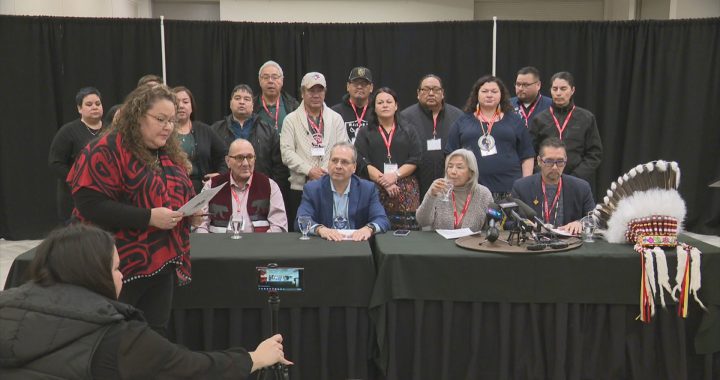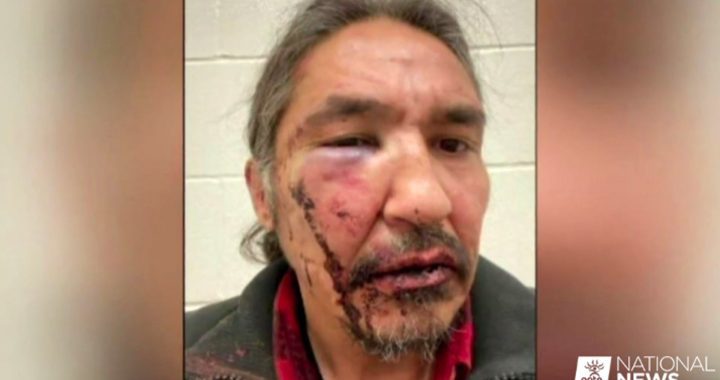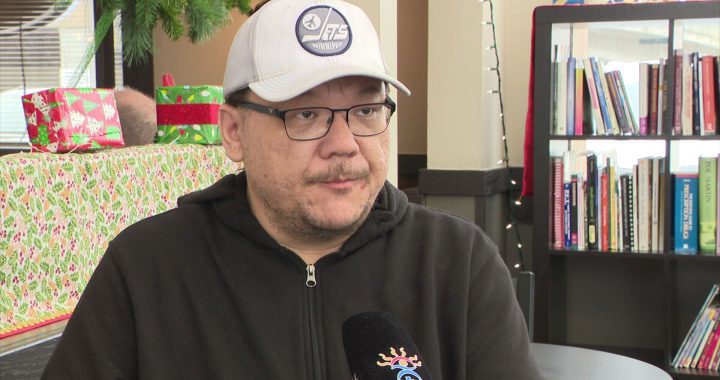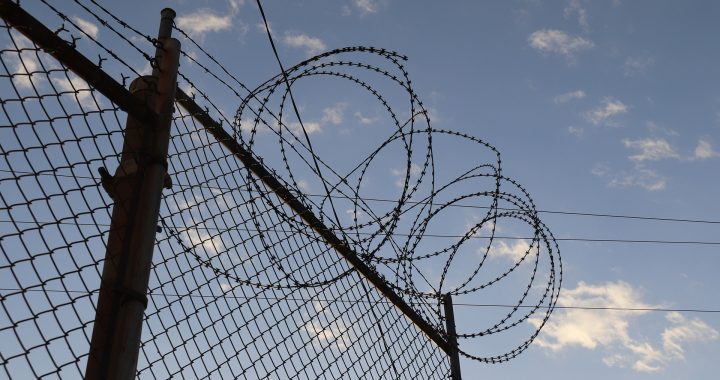Annette Francis and Jolene Banning
APTN News
A special ceremony was held in Gatineau, Que., across from Parliament Hill Monday where the children who died in residential schools were remembered.
The event was organized by the National Centre for Truth and Reconciliation, and APTN.
Residential school survivor Ted Quewezance says it was a moving ceremony.
“Very emotional, a lot of triggers,” he said. “What we endured as survivors we’re still here and could you imagine what the missing children, what they endured, we don’t know, it’s something that you must never ever forget.”
A total of 150,000 Indigenous children are thought to have spent at least some time in a residential school.
The 2,800 to be honoured are those whose deaths and names researchers have been able to confirm. Ry Moran, executive director of the National Centre for Truth and Reconciliation said there are another 1,600 who died, but remain unnamed.
There are also many hundreds who simply vanished, undocumented in any records so far uncovered.
Some schools have an extensive list of students who died; some list none. Moran wonders at such large discrepancies.
“Even our recent research efforts have uncovered another 400 students,” Moran said. “We know there’s many more students to be found.”
The age range is wide.
“Infants, three-year-olds, four-year-olds all the way up through their teenage years. We’ve got some students on this list that are named as ‘babies.”‘
Monday’s ceremony was schedule to Monday to mark Orange Shirt Day – a day where people wear orange shirts to honour survivors of residential schools.
Watch Jolene Banning’s story on Orange Shirt Day from Winnipeg.
The ceremony from Gatineau will be broadcast later in an hour-long APTN special — is to include the unveiling of a huge banner. The broadcloth fabric, 47 metres long and more than a metre high, will display the name of each known child and the school in which he or she died.
“This is a way for us to literally lift up these children, to hold them up,” Moran said.
Click here for more information on the APTN Special: National Centre for Truth and Reconciliation
Although the names will be public, ther information researchers have been able to uncover will be restricted to families.
The work won’t stop, Moran added. The team continues to seek the names of the 1,600 confirmed deaths and to find some kind of resolution for the children who disappeared.
Researchers plan to return to First Nations communities to refine the list, fill gaps, and add as much as they can. Many, many graves need to be located.
They will also try to collect as many and as much of the stories behind the names as they can.
“That is the next phase — making sure that when we remember these children, we bring life to them and help understand what really went on. That’s got to be led by the communities and the families. We’re there to help.”
The work has been difficult and draining — “really, really harsh,” said Moran.
The team does what it can to make things easier — for themselves and the young victims they’re trying to identify. During the research, a ceremony was held that included everyone gathering in a circle and singing a song together.
“During the second round of that song, each one of us had to call out to our ancestors,” Moran said. “We called out their names, and the idea was that each one of those people would come down and help four of these children find their way home, if they were lost.
“It was hard. It was really, really, really hard.”
@aptnnews










